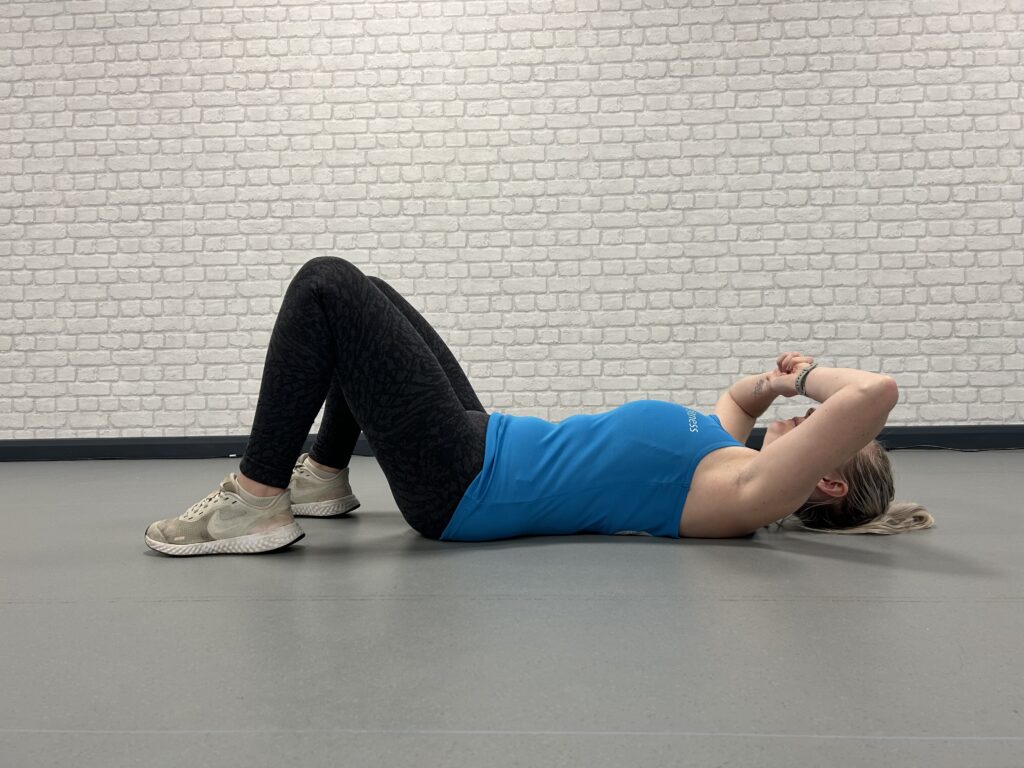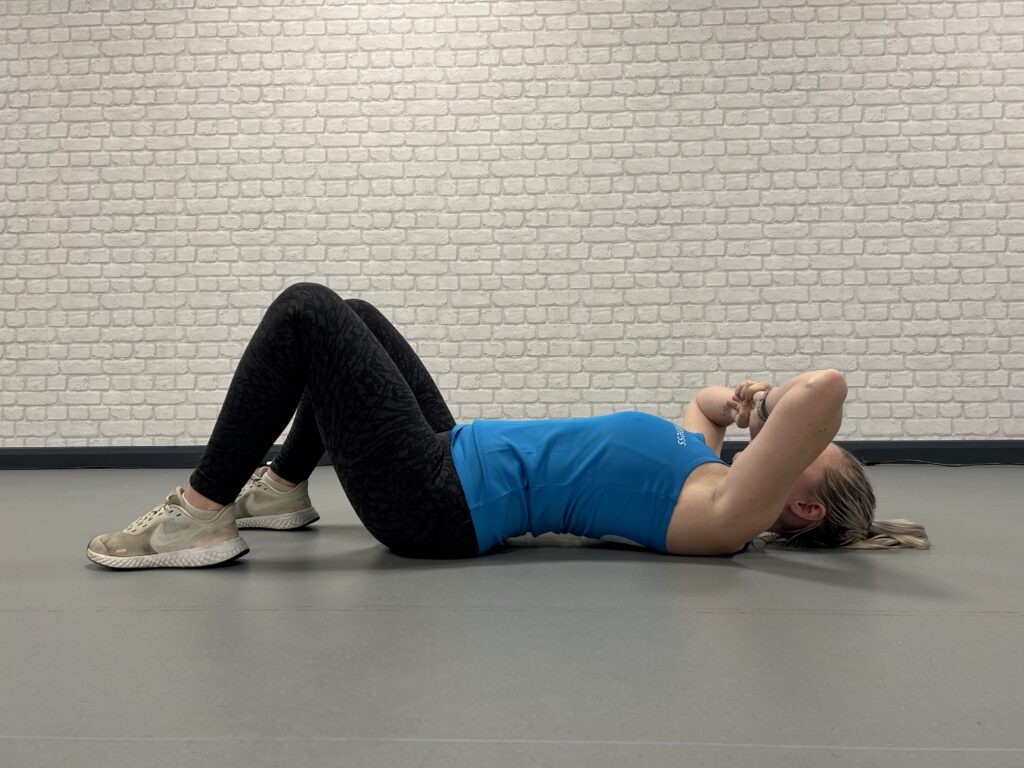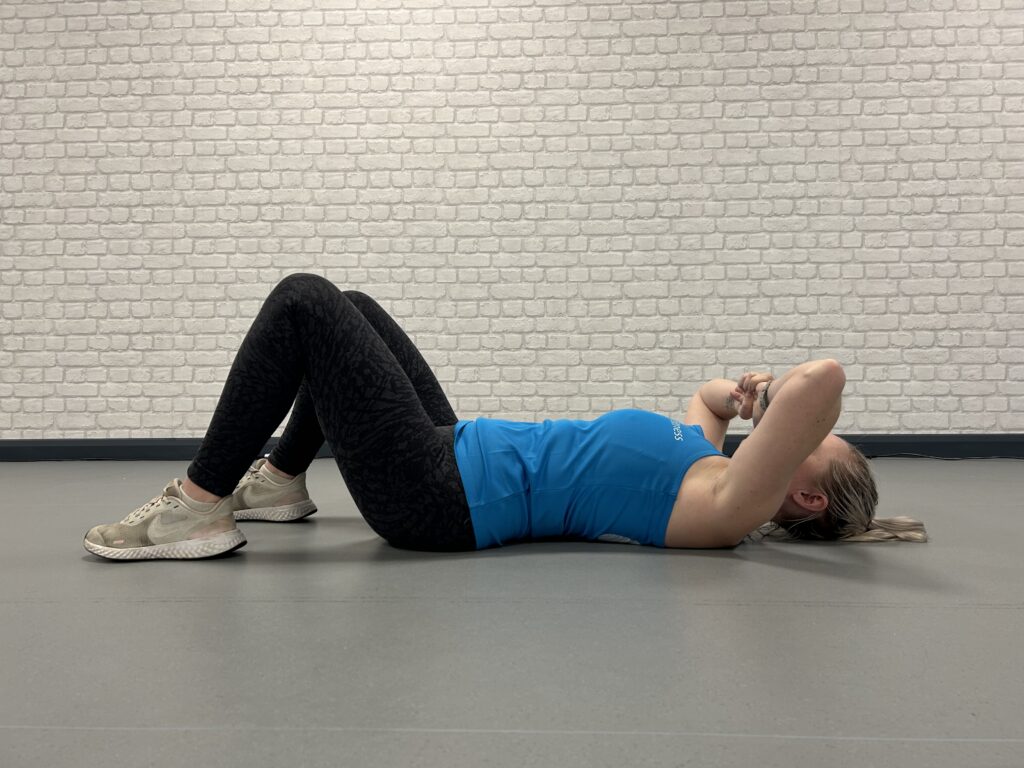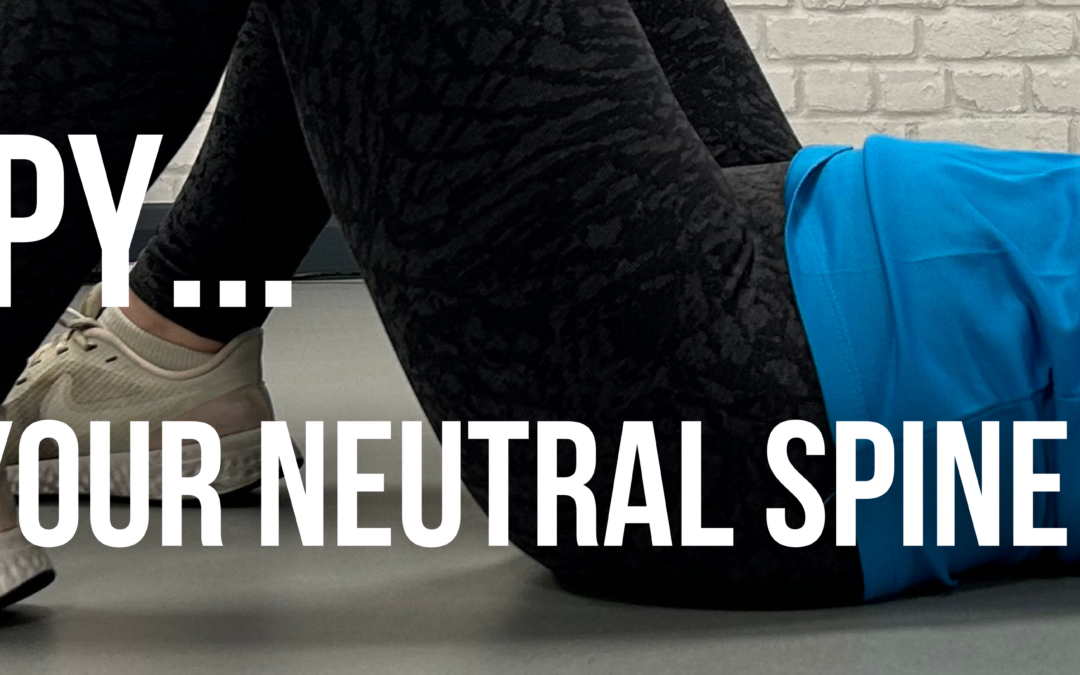You will often hear instructors talking about a “neutral spine”, especially if you have attended a Pilates class. The importance of this is increasing in both training and everyday life. For people who have suffered with back pain this is especially crucial for recovery and injury prevention by focussing on using a neutral spine during movements such as sitting, lifting, and picking items up.
What is a “neutral spine”?
Neutral spine is when your spine is in its natural position of having three curves. These are in the cervical, thoracic, and lumbar areas. Cervical region is around your neck where there is a slight inwards curve (known as lordosis). The Thoracic area is your mid back section, and it has a curve outward (known as kyphosis). Your Lumbar is your lower back and again, like the cervical region, this curves inwards slightly (lordosis).
How do you know if you are in neutral spine position?
You are in neutral spine position when your head, mid back and pelvis are all aligned. When you are laying on your back you can check if you are in neutral spine position by creating a diamond shape between your thumbs and index fingers. Place your thumbs just below your belly button with your index fingers pointing towards your pubic bone. If you are in neutral spine position, then the diamond you have just created will by laying parallel to the floor. You can practise finding this position in seated and standing positions too with your back against a wall or chair.



How do you get into neutral spine position?
- Lay flat on your back with knees bent and feet flat on the floor hip width apart.
- Relax your body and make sure your weight is balanced evenly.
- Tuck your pelvis up and press your lower spine into the floor.
- Come back to your relaxed position.
- Tilt your pelvis in the opposite direction, lifting your lower spine off the floor.
- Come back to your relaxed mid position.
- Your neutral spine is halfway between the tucked and tilted pelvis position. You should feel a slight curve in your lower back with the base of your spine and back of your ribcage relaxing into the floor.
Why is a neutral spine important?
A neutral spine will help to keep your back aligned and make sure you are performing both gym exercises and day to day activities properly. This will help to reduce any tension or unnecessary fatigue throughout your back which in turn will result in reducing the risk of injury.
You will do a lot of work finding your neutral spine in our Pilates classes here at tfd so why not book into a class and give it a try!

